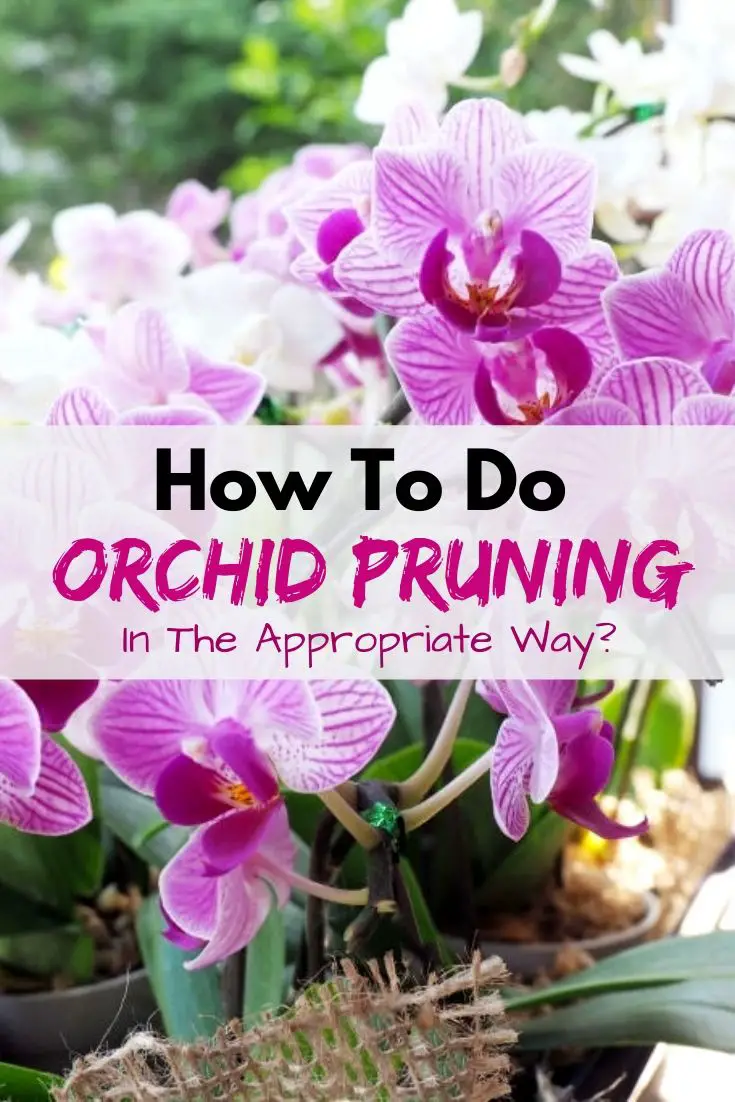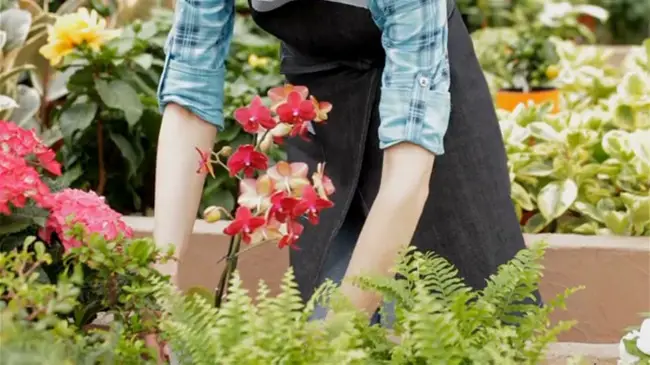Why Do Orchid Pruning?
Orchid pruning is an essential task in growing orchids so that the plants grow healthily and spend their energy more productively. Pruning promotes new growth in your orchids. It also improves the entire appearance of the orchid because you will be removing unnecessary parts.
You facilitate the way the orchids use their energy which makes them develop flowers and foliage well. Orchid Pruning is easy, but you must have proper knowledge on how to do it right. This will prevent any damage to your orchids. If you have performed the pruning well, your orchids will look neat and healthier in just a matter of minutes.
Orchid pruning is performed due to the following reasons:
- To promote new growths in your orchid plants;
- To improve the overall appearance of your orchids as you remove needless parts of the plant; and,
- To prevent wasting the energy of your orchids and use it more productively, especially in its growth and development.
The Right Way Of Orchid Pruning
Pruning is done when the flowers start to wilt and the stalks turn yellow or brown. This usually happens during fall or early winter. However, avoid orchid pruning during the late winter because you might cut off newly sprouted buds.
You have to use the right pruning tools because these make cutting stems or stalks easy. It would help if you used a pair of sharp bypass shears with scissor-type blades to cut the stems neatly. Please refrain from using the anvil style shears because the flat blade can damage the stems of the orchids instead of cutting them.
Before pruning, make sure that the shears are sterilized. You need to prevent transmission of the virus from one orchid to another through the shears. Sterilize the shears by wiping them with a diluted bleach solution or alcohol.
You can also dip the shears in a solution of one part bleach and four parts water. Sterilization is done every after pruning an orchid to prevent virus transmission and infestation.
A Flourishing Garden Through Orchid Pruning
Before you start cutting or pruning stems, leave about an inch or 2.54 centimeters of the stalk from where it is connected. Be careful when you make cuts so that you don’t kill your orchid.
Pruning is done to remove yellow stalks and wilt flowers. It will also stimulate the new growth of leaves. New leaves can carry out photosynthesis better, making more sugar available to the entire orchid plant.
In the same manner, the plant can absorb more carbon dioxide. Because of this healthy growth and flourishing, your orchids freshen up the air by exuding more oxygen in the atmosphere. The beauty of growing orchids is that they are a true delight to the senses.
Orchids need air, sufficient water, bright sunlight, and fertilizer or compost. These are their basic need to grow well. But as an orchid propagator, you have the responsibility to perform the necessary tasks to promote your orchid plant’s growth and development. Orchid pruning is one of the tasks that an orchid propagator should never forget.
If you are a beginner in propagating orchids, you have to learn how to do it correctly. This is to prevent any damage or injury that you might cause because of a lack of knowledge. You can learn orchid pruning through reading books about guidelines on how to perform it correctly.
You can learn through watching videos because it will impart knowledge, and at the same time, it will show you how to perform the pruning well. You can also learn from the tips and advice of expert orchid growers. They have many experiences in orchid pruning that will surely help you in it.
Here are some tips that will help you in orchid pruning:
- You have to perform pruning when the flowers begin to wilt and when the stalks start to turn yellow or brown. Pruning is performed during fall or early winter, but the best time is during the late fall. This is because you can easily see dead branches and remove them.
- You have to use the appropriate tools for pruning, including a pair of sharp bypass shears, which has scissor-type blades, to cut the stems cleanly. Sterilization should be done after using it from another plant to prevent the transmission of viruses or fungi. You can sterilize the tools by wiping the cloth with diluted bleach solution or alcohol.
- Prune the orchids to within an inch from where the blossom stalk is connected.

Read also:

